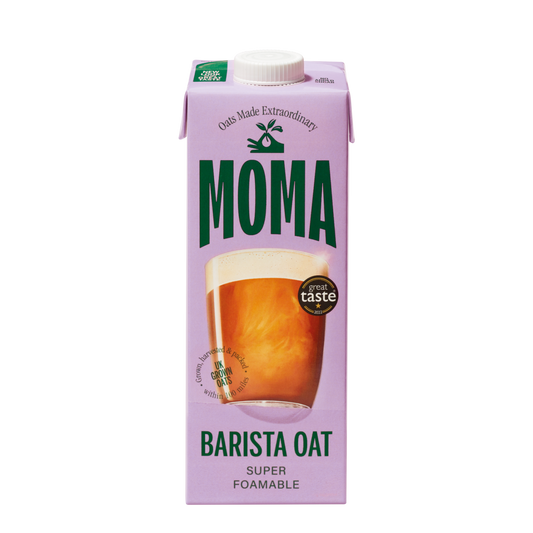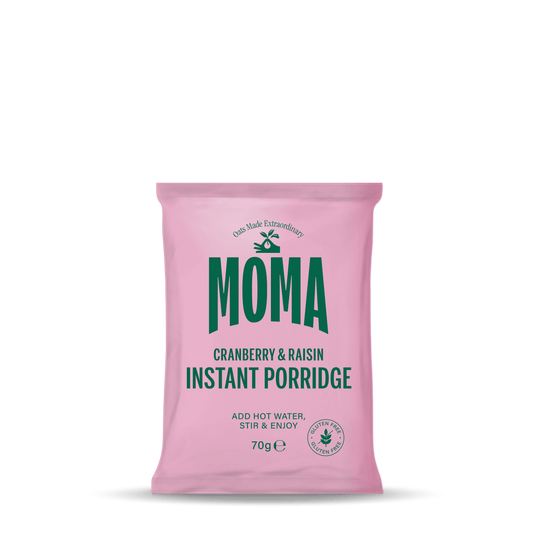Nutrition
How to Swap High GI Foods for Low GI Foods
Diabetes is a serious condition that affects around 4 million people here in the UK, so it’s vital that there is a full understanding of what having Diabetes actually entails and how it can be managed. This in turn will help to prevent any future complications and allow those who suffer from Diabetes to continue to live happy, worry-free lives.

Here at MOMA, we want to help promote and raise awareness around the impact of the Glycaemic Index on a Diabetic diet.
If you’ve recently been diagnosed as Diabetic and finding the change a little confusing, we’ve listed a few pointers below.











